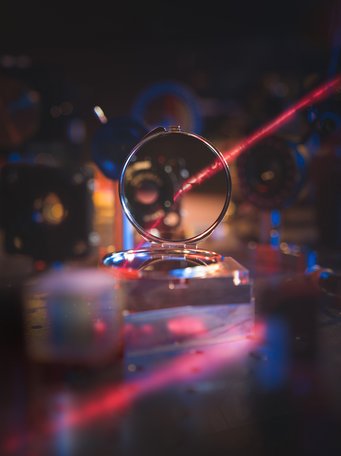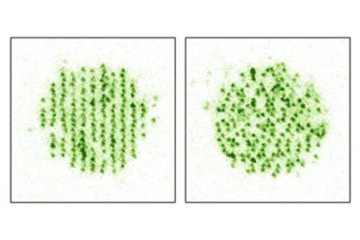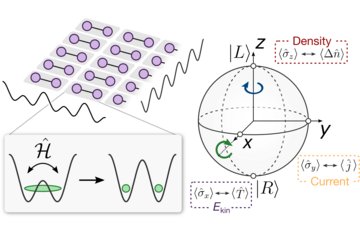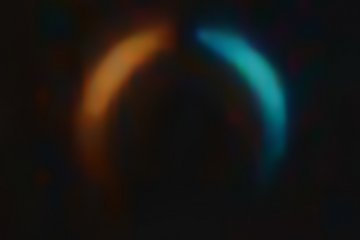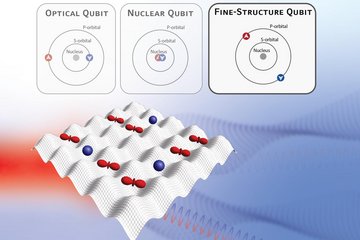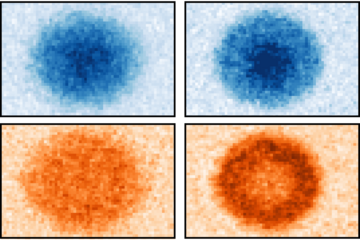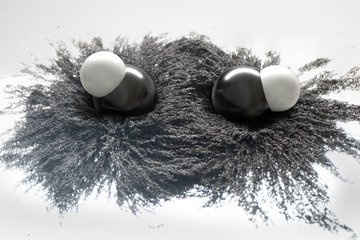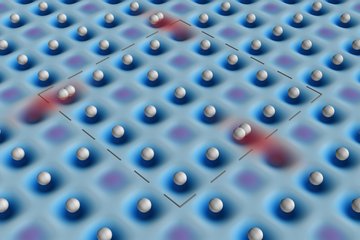A subradiant optical mirror formed by a single structured atomic layer

Versatile interfaces with strong and tunable light–matter interactions are cornerstones for quantum science as they enable the mapping of quantum properties between light and matter. Single atoms are ideal quantum emitter of the light fields, as their only possible dissipation channel is the coupling to the electromagnetic vacuum. However, the scattering cross section of single atoms is typically rather small in free space, the coupling strength has to be enhanced, which is conventionally achieved by for example tight focusing, cavity QED with single atoms, or atomic ensembles. Recent theoretical proposals have suggested a fundamentally new approach to realize such a goal by using the rich interplay of photon-mediated dipole–dipole interactions in structured subwavelength arrays of quantum emitters: First, the close spacing between the atoms enable efficient exchange of photons between the atoms, such that the atoms can couple to the optical field in a cooperatively enhanced way. Second, the periodic subwavelength ordering of the atoms leads to directional emission of the light field – similar to classical optical gratings, where higher-order diffraction is suppressed.
In this published work, we create a subwavelength two-dimensional array of single atoms by preparing a Mott-insulator state in the optical lattice. We report the first demonstration of the key aspects of this approach, the cooperative enhancement of the light–matter coupling strength and the directional mirror refection of incident light. Furthermore, we observe the cooperative subradiant optical response of the entire system, where the spectral width of the collective excitation reduces to a value below the quantum-limited natural linewidth of individual atoms in free space. By controlling the atom density or the spatial geometry, we elucidate the effect of the interplay of spatial order and dipolar interactions on the cooperative response of the system. Our work demonstrates efficient optical meta-material engineering based on structured ensembles of atoms and paves the way towards controlling many-body physics with light and novel light–matter interfaces at the single-quantum level.
To view the complete publication please visit Nature.
